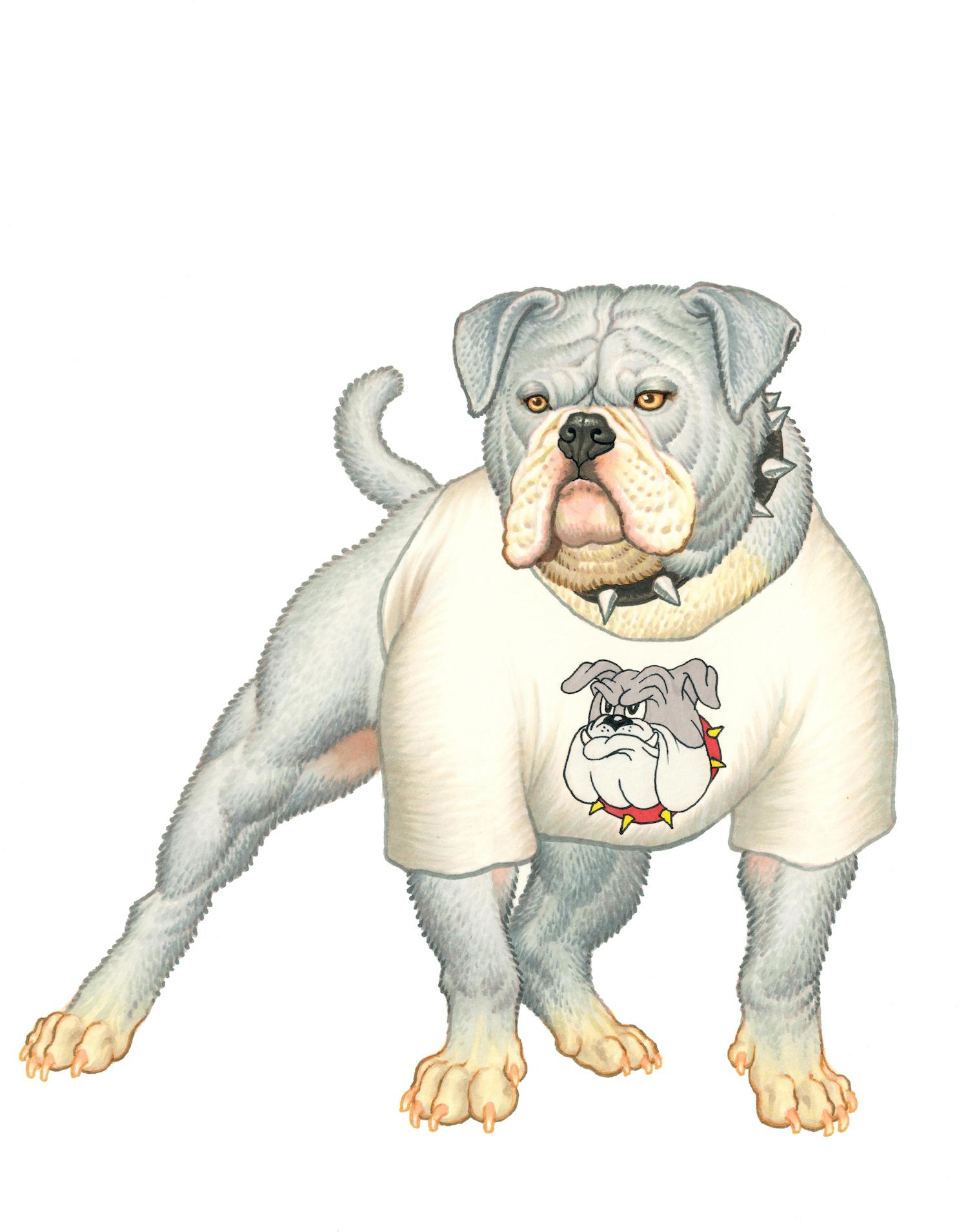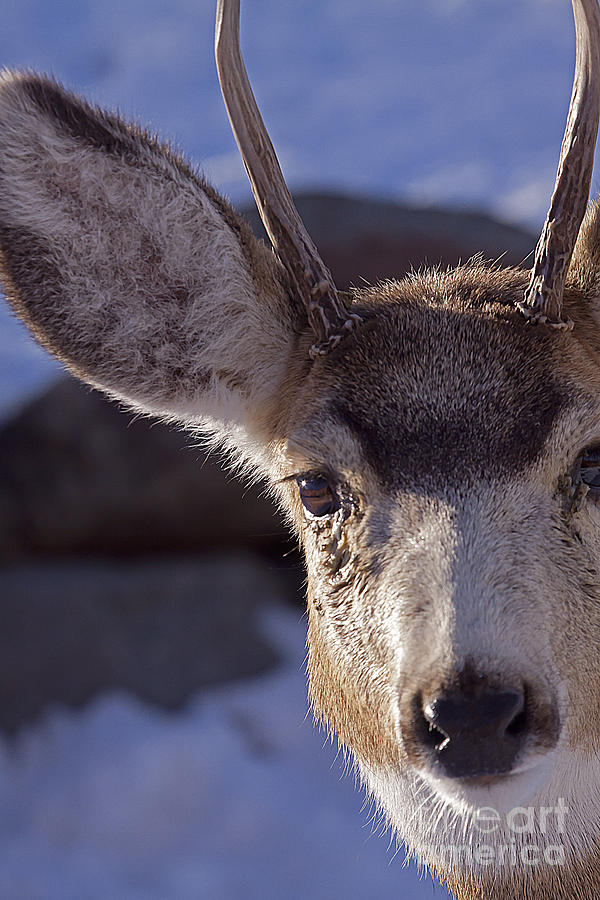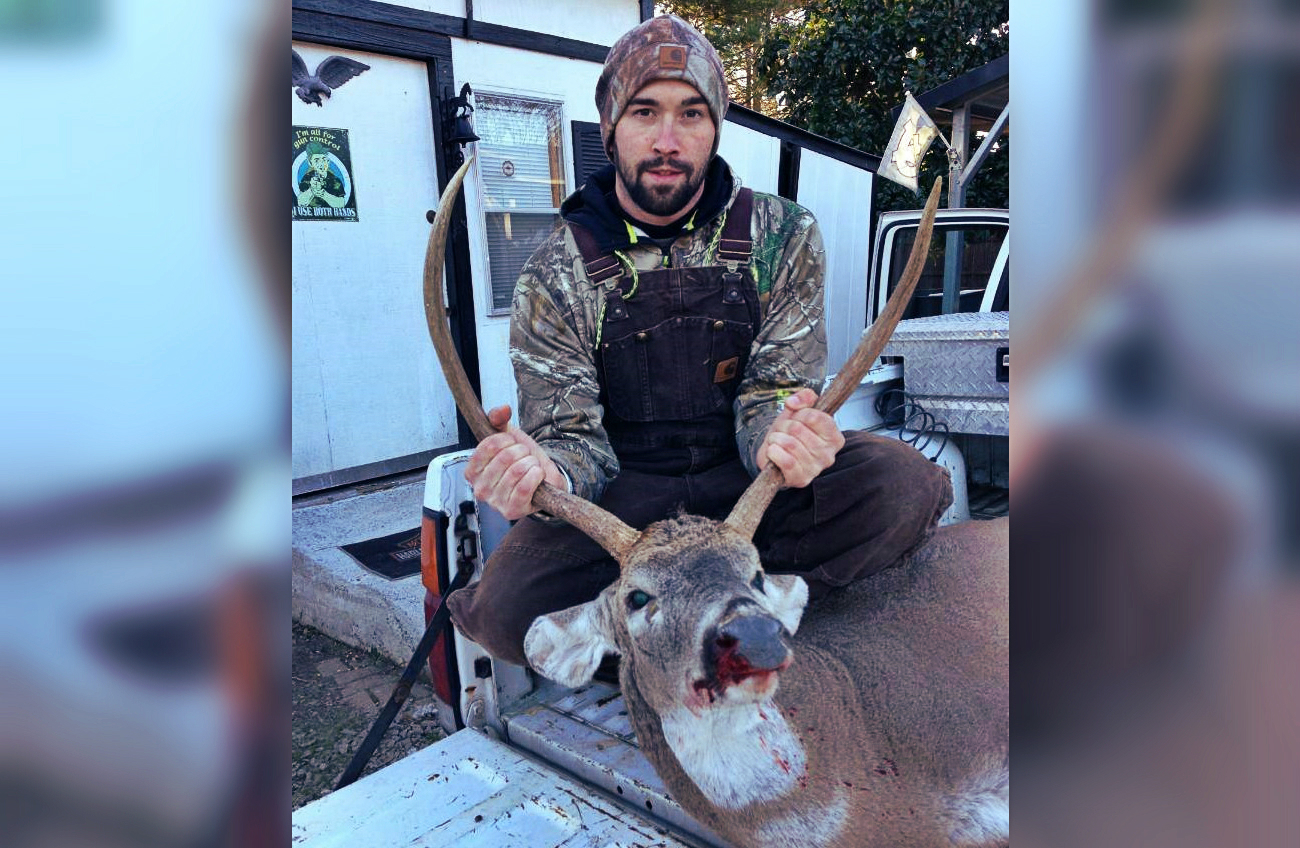
It’s important to recognize that some bucks might have larger antlers than others at yearling age for many various reasons, such as being born early, being a single fawn raised by a maternally experienced doe, being disease free, or having been raised in exceptionally good habitat. SEE ALSO: Do Precocious Fawns Become Super Deer? Smaller antlers in older bucks more likely can be explained by excessive harvest of young bucks with the largest antlers when they were yearlings. At the same time, many early born bucks grew 4-point or better antlers, hence they were eligible for harvest.

Instead, antler size was smaller because of harvest restrictions that protected deer born late in the season. However, it is important to recognize that antler genetics were not impacted in the process. This unintended (high-grading) result added fuel to the culling controversy. Hence, although the strategy may have increased the proportion of older bucks in the population, overall antler quality declined. More specifically, these researchers discovered that implementation of a 4-point minimum harvest rule resulted in a reduction in average antler size among 2.5- and 3.5-year-old bucks in subsequent years on certain areas. In Mississippi, research led by Bronson Strickland found that protection of small-antlered young males - intended to more closely balance adult sex ratios - might inadvertently contribute to smaller than normal antlers in subsequent years in some areas. They found that the doe’s nurturing ability was far more important than genetics in determining the yearling buck’s antler points, spread, weight and beam length.Īlthough there have been relatively few studies conducted to evaluate the effects of culling on antler quality among free-ranging whitetails, findings from field studies tend to fuel the culling debate.

In addition, they claim culling will help reduce deer density, thereby improv- ing herd nutrition, as well as remove small-antlered genes from the herd and improve future antler quality.įor example, research conducted by Mitchell Lockwood and his cohorts from the Texas Parks and Wildlife Department, indicated selective breeding by superior-antlered yearling bucks improves subsequent yearling antler scores. Lockwood and his group concluded the following: “Our findings clearly indicate that under constant suboptimal environmental conditions, phenotypic change in antler quality can be realized with intensive selective harvest of yearling males.”Ĭonversely, Harry Jacobson argues little or no improvement in future antler quality will result by culling based on yearling antler traits. Jacobson and Texas A&M geneticist Steven Lukefahr based their conclusions on the examination of 220 yearling bucks raised at research facilities in Mississippi. Those favoring culling claim spike-antlered young bucks are genetically inferior, will never attain quality antlers typical of fork-antlered yearlings even when mature, and will contribute to perpetuation of such undesirable traits. Study results on captive deer have produced recommendations ranging from removing all spike-antlered bucks (primarily yearlings) to complete protection of all yearling bucks regard- less of their antler traits. Such controversy now seems to surface at any regional meeting among hunters and wildlife professionals. Until recently, the culling debate has revolved primarily around studies using captive deer, held in unnaturally high densities and fed either high-quality or restricted diets. Instead, they argued that a yearling buck’s antlers were more influenced by birth date and nutrition than genetics. While conducting controlled breeding studies of deer from Northern as well as Southern regions, Mississippi researchers found no evidence that removal of yearling bucks with spike or few antler points improved antler quality.

However, later studies challenged these findings.

These early studies indicated that removal of spike-antlered yearling bucks not only improved antler quality, but also improved inherent genetic traits for large antlers. Presumed benefits of such harvesting were based upon penned deer research. The practice of culling bucks with small antlers as a management strategy originated in Texas during the 1980s.


 0 kommentar(er)
0 kommentar(er)
